Table of Contents
Peaking power plants are power plants used when there is a high demand for electricity called “peak demand”. They are also known as “peakers” or peaker plants. These plants help balance the electricity grid during peak demand.
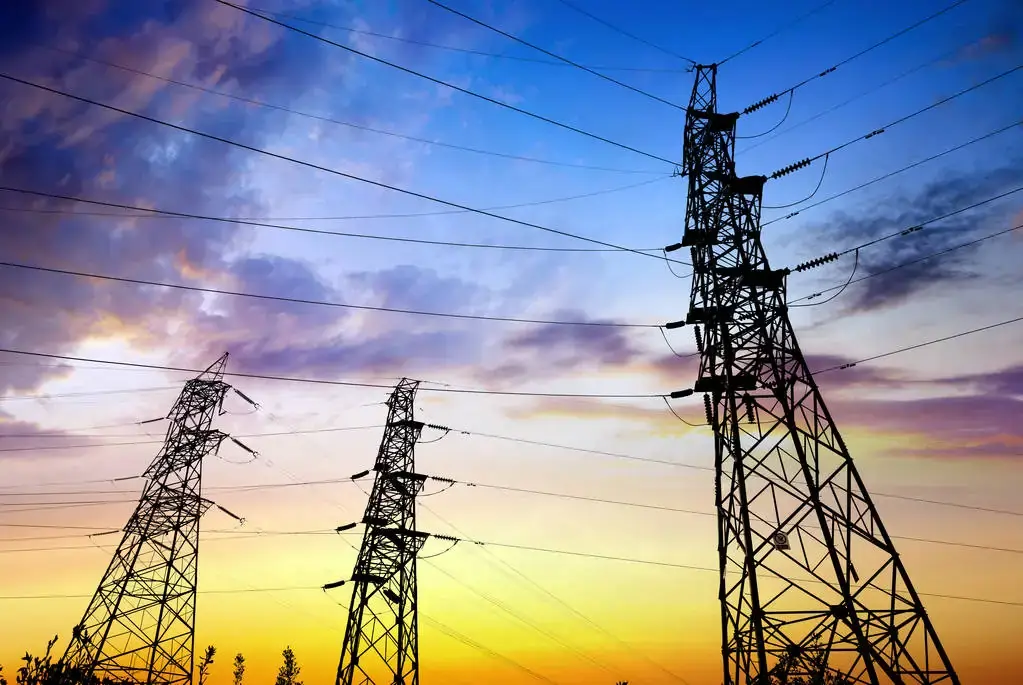
Baseload plants such as nuclear, coal or hydroelectric plants with low operating cost are used to meet the consistent base electricity demand (minimum electricity required to supply to the power grid on a regular basis). Whereas, combined cycle gas turbines (CCGT) are used during a moderate increase in electricity demand. During peak demand, peaker plants fulfill the electricity demand.The peak demand period is summers when cooling appliances are used, and winters when heating appliances are used.
Peaker plants are often expensive to operate and are known to produce high levels of greenhouse gasses compared to other sources of power. Due to their high costs and environmental impact, a peaker power plant is primarily used to meet short-term peak demand.
Find Global BESS Projects and TendersGet Started Now!
Peaking Power w.r.t. Global Electricity Generation and Demand
According to GECF (Gas Exporting Countries Forum), currently, the global electricity demand stands at 24,650 TWh. This, however, is expected to increase by 80% to 44,350 TWh by 2050. With the expected rise in demand, an additional 19,700 TWh of electricity is required to bridge the gap and meet the requirements.
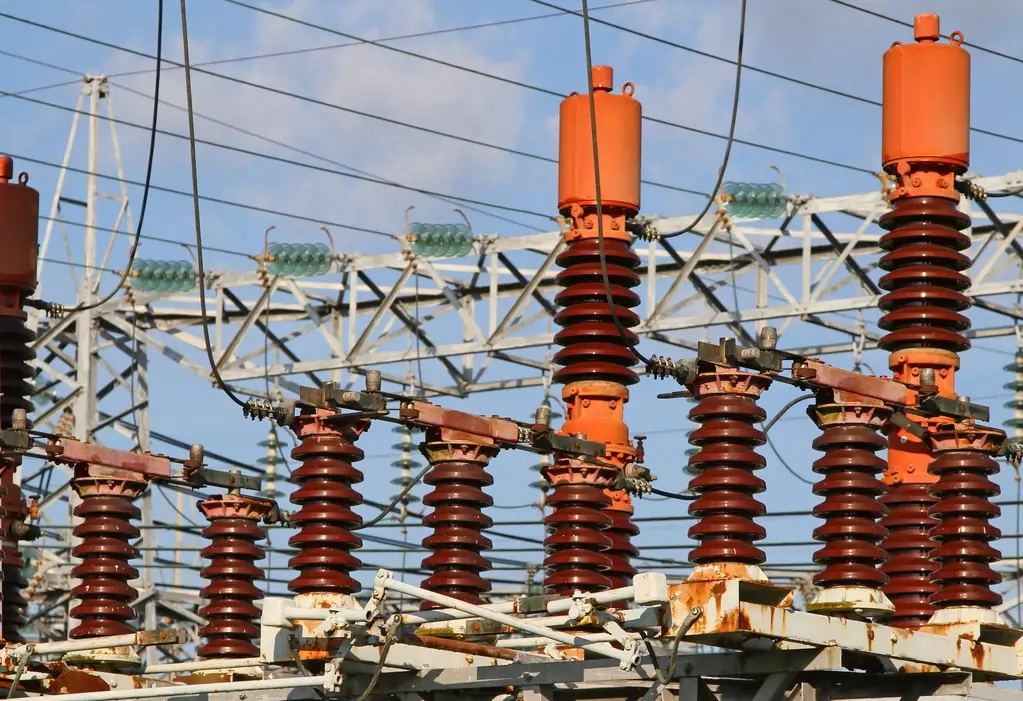
The 80% increase projected is majorly from the fast-growing economy of the Asia-Pacific region. This rise in demand is driven by factors like rising living standards, increased prosperity, and a focus in shift towards decarbonise energy systems.
Currently, the residential and commercial sector is the largest consumer of electricity and it is likely to lead this way until 2050 leading to a 55% of incremental growth in overall electricity demand. The factors leading this growth include increased cooling and heating household appliances, increase in global population and households.
With increase in global electricity demand, a shift towards low-carbon energy sources is on the cusp. Coal is currently the world's largest source of electricity, however, with the shift towards low-carbon energy sources, coal-fired power generation is likely to be replaced by natural gas-fired power generation. As of 2024, natural gas-fired power generation has a share of 22% in the global power generation mix.
It is predicted to surpass the usage of coal in the early 2030s. The natural gas-fired power capacities are to witness growth from 1,940 GW in 2022 to 2,975 GW by 2050. After 2030, natural gas-fired power plants are to be equipped with CCUS (Carbon Capture Utility and Storage) contributing to low-emission electricity production. By 2050, natural gas and renewable sources such as wind and solar PV are to be combined, constituting nearly 68% of the global electricity supply.
Peaking Power Demand Status
According to IEA (International Energy Association), the global electricity demand grew around 4% in 2024 from 2.5% as in 2023. China has seen a 6% increase in electricity demand. In the USA a 3% steady growth in demand is expected and in the European Union a growth of 1.7% growth is forecasted in 2025-2027. India has witnessed a record-breaking peak demand of 250 GW during peak summers 2024. Also, a 234.3 GW peak demand was recorded during non-solar hours stating significant increase demand in electricity. In many parts of the world, increased use of air-conditioning during heatwaves in the first half of 2024 has been a crucial driving force for electricity demand.
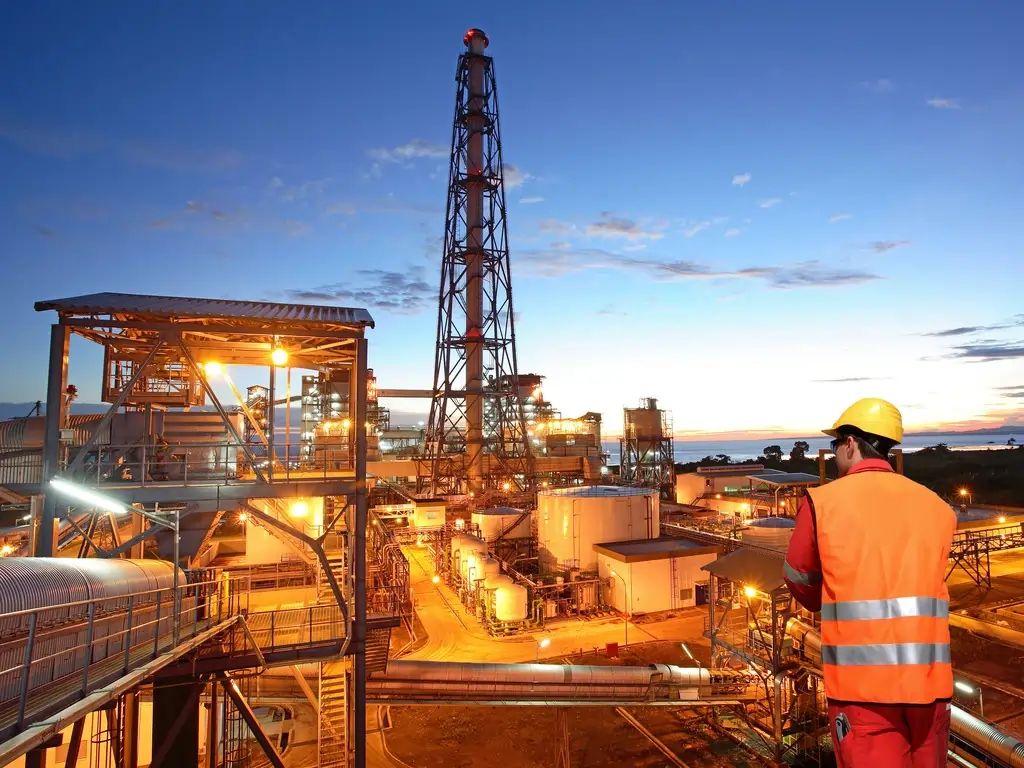
Need for Peaker Plants
Natural gas power plants are the most common peaker plants due to their dispatchability. A feature through which one can control power output supplied to the electricity grid on demand. Gas peakers require continuous maintenance and high operating cost however, they are relied upon by electricity grid operators for its benefits as follows:
- Provides additional power during peak demand through dispatchability.
- The Dispatchability feature allows one to control the power supply as demand requires.
- Regulates electricity grid ensuring consistent power supply.
- Has a quick start time to meet the electricity demand.
How Peaker Plants Work?
Base Load and Peak Load Plants
A base load power plant provides consistent base electricity on a daily basis over a 24 hour-period. These plants fulfill the consistent base power supply requirement called “continuous load”. The consistent supply requires continuous power generation for a long period of time. A few examples of base load power plants are:
- Coal-fired power plants
- Hydroelectric plants
- Geothermal plants
- Solar-thermal plants
- Biomass power plants
Peak Load Plants fulfill power requirements in peak demand. These plants function only for a limited period of time with a quick ramp up. A few examples of peak load power plants are:
- Natural Gas Power plants
- Wind Turbines
- Pumped Storage Hydroelectric plants
- BESS
- Diesel generators
Peaker Power Plants Examples
Combined Cycle Gas Turbines (CCGT)
Gas turbines or gas engines burn natural gas or liquid diesel. It is known for its low startup time and flexibility compared to a combined cycle plant. Additionally, gas turbines relatively require low capital cost compared to a combined cycle plant. Thus, gas turbines are considered to be one of the ideal choices as gas peaker plants during peak electricity demand.
Also Read: Global Top 15 Gas Turbine Manufacturers [2023]
Pumped Storage Hydroelectric Plants
Pumped Storage Hydroelectric Plants are known as efficient peaker plants that store excess energy during off-peak hours. These plants pump water in high elevation reservoirs (storage) and during peak demand the water is released through high force to generate electricity called peak power. The pumped storage hydroelectric supports dispatchability features that effectively optimize the electricity grid.
Gain detailed insights about Blackridge’s Global Pumped Hydro Storage Market Outlook through market, industrial and regional analysis report.
Battery Energy Storage System (BESS)
BESS (Battery Energy Storage System) is known to replace fossil fuels based peaker plants that store excess renewable energy during off-peak demand. During peak demand, the energy storage in battery storage is discharged through the electricity grid. BESS is known for its low response time, minimum operating costs and zero carbon emission rate producing clean energy. Hence, BESS is one of the preferred sources of peaker plants.
Diesel Generators
Diesel Generators are less known peaker plants due its several drawbacks such as high greenhouse gas emissions, expensive fuel costs and noise pollution. However, its low response time, durability and dispatchability features make it a reliable backup as a peaker plant during times of peak demand.
Also Read: Global Top 7 Diesel Generator Manufacturers [2024]
BESS - A potential alternative for Peaking Power Plants
According to IEA (International Energy Agency) the global energy storage market has increased from 33 GWh in 2022 to more than 100 GWh in 2023. The Net Zero Emissions Mission 2050 aims for massive deployment of renewables like solar PV, wind power, and grid-scale battery storage.
Grid-scale battery storage, also known as BESS, has witnessed immense growth in recent years. Its features such as collecting and storing excess power during off-peak periods, handling hourly and seasonal variations, and dispatchability has made it the next best alternative after pumped storage hydropower. Additionally, lower costs per kW, low cobalt and nickel prices have skyrocketed grid-scale batteries deployment worldwide. The grid-scale battery storage is deployed for sub-hourly, hourly and daily balancing .
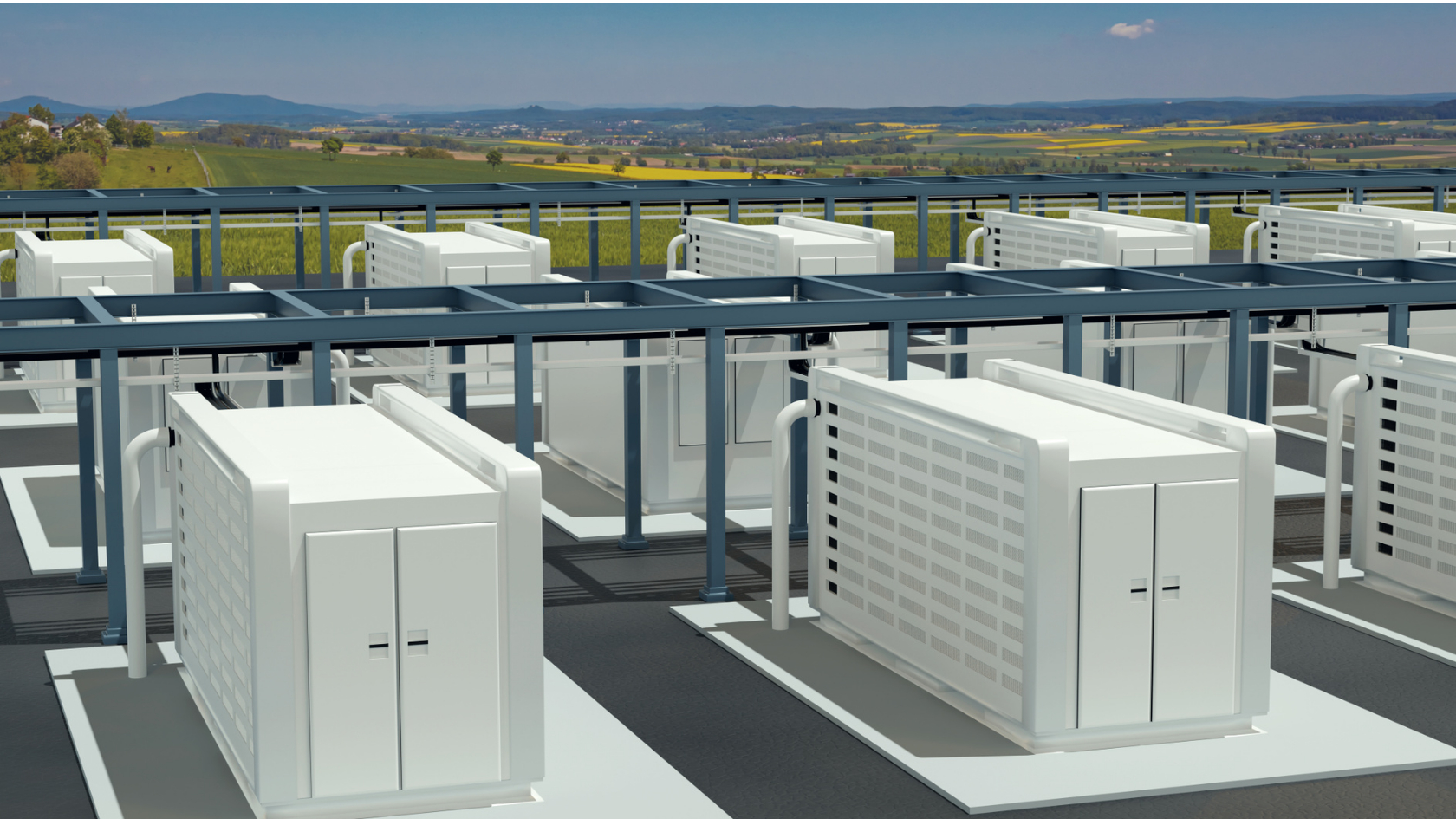
The global grid-scale battery storage has seen significant growth - from 17 GW in 2021 to 28 GW in 2022. The US and China have led the grid-scale battery storage market. According to reports, the lithium-ion battery market is likely to witness a 35 fold growth between 2022 to 2030, thereby leading to the growth of BESS to 970 GW in capacity terms.
Several countries are investing in BESS to replace peaking plants and overcome growing electricity demand. China achieved annual grid-scale battery capacity installations close to 5 GW in 2022. Likewise, the US commissioned 4 GW under the Inflation Reduction Act, 2022 that promises tax credit for stand-alone grid scale battery storage.
In 2023, countries like India have set a battery energy storage deployment target of 238 GWh. The European Union too, has introduced policy actions to boost grid-scale battery storage. Thus, it is likely that BESS can reduce the reliance on peaking plants during peak demand and also help in achieving net zero carbon emissions target.
Find Global BESS Projects and TendersGet Started Now!
Conclusion
Peaker gas plants or a peaking power plant is a power plant that is used to produce high level electricity during peak demand. It includes types like pumped storage hydroelectric power plant, BESS, gas turbines and thermal power plants. Peaker plants are dispatchable, meaning they can be quickly turned on or off to match electricity demand. Increased electricity consumption has driven the increased use of peaker plants, particularly natural gas power plants, contributing to global natural gas market growth
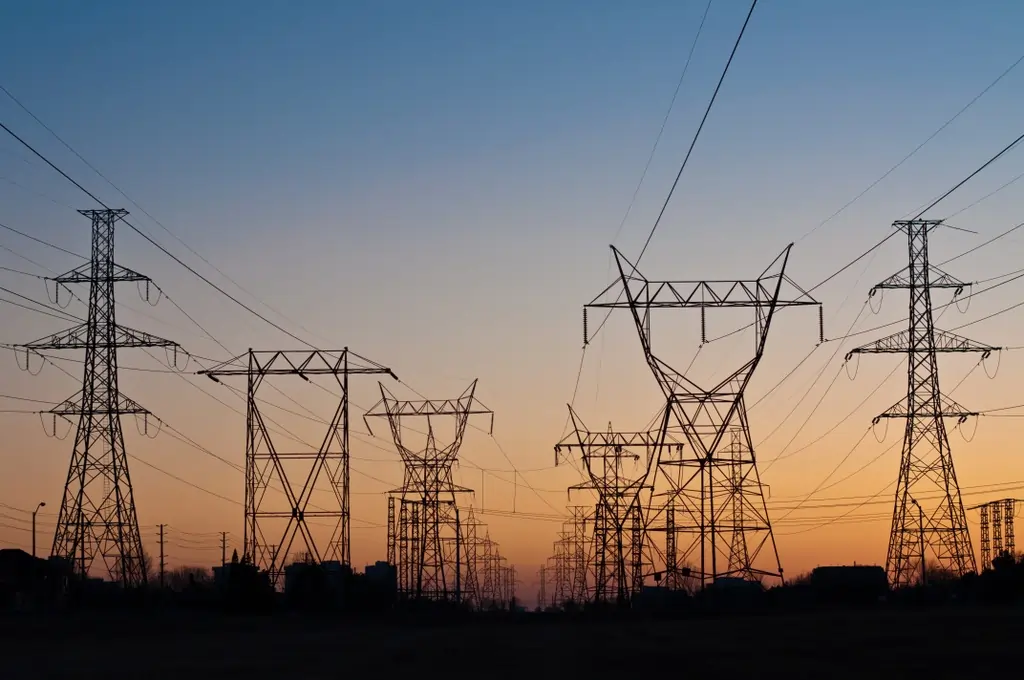
FAQ’s
What is an example of a peaker plant?
Gas turbines, pumped storage hydroelectric plants and battery energy storage systems (BESS) are a few popular examples of peaker plants.
What is a peak load power plant?
A power plant that is used during peak demand to supply electricity is called a peak load power plant. It includes natural gas plants, coal-fired plants, or pumped storage hydroelectric plants.
What is a peaking power source?
Peaking power plants or peaker gas plants are a power source used during high electricity demand such as summers, winters, or late evenings when the power consumption is high.
What is peaking generation?
The high electricity levels generated during peak demand using peaking power plants is called peaking generation. Peaking power plants like natural gas power plants and BESS are commonly used during peak demand.
Connect with decision-makers of BESS projects across the globe for business opportunities.
Subscribe to our BESS projects global database and receive exclusive benefits like:
- Regular updates on BESS projects and tenders
- Exclusive Access to our BESS Global Database
- In-progress and Completed BESS projects
- Essential details, Timely Updates, Key Stakeholder Contact Information
- Industry Trends and insights by experts
Start a free demo to take your business to the next level!



![Top 10 Diesel Generator Manufacturers in India [2025]](https://images.blackridgeresearch.com/zA7C1E09-z4Uj64Eb0zfkw/93463226-1c67-4c63-aaa1-ab0190bd0300/public)

![Global Top 10 Transformer Manufacturers [2025]](https://images.blackridgeresearch.com/zA7C1E09-z4Uj64Eb0zfkw/e78ccb70-6a23-42cb-3092-e6b68b030b00/public)
![Global Top 10 Waste-to-Energy (WtE) Companies [2025]](https://images.blackridgeresearch.com/zA7C1E09-z4Uj64Eb0zfkw/25fc7807-8b8c-4e1b-5e70-aa38a5733600/public)
Leave a Comment
We love hearing from our readers and value your feedback. If you have any questions or comments about our content, feel free to leave a comment below.
We read every comment and do our best to respond to them all.